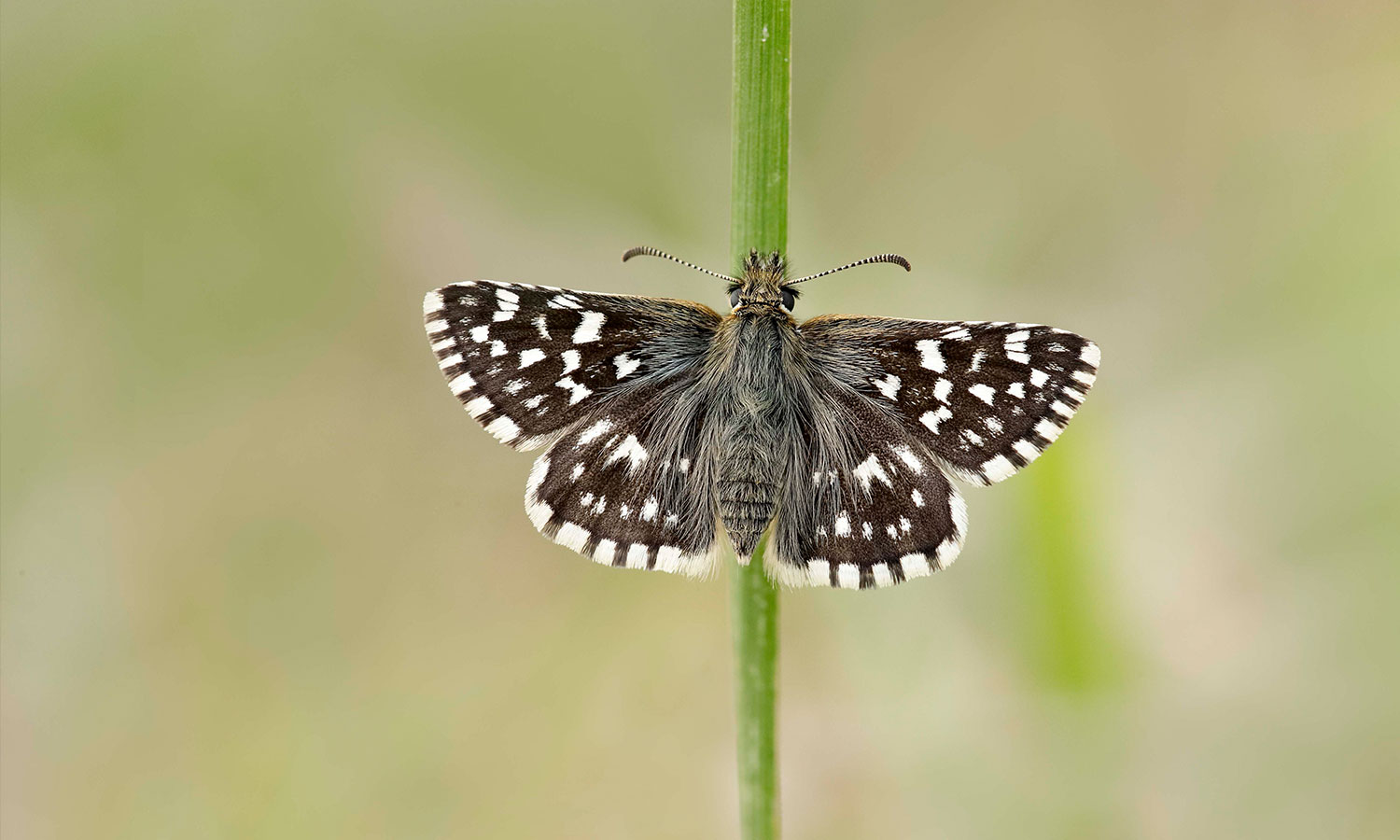Some of England’s most rare and threatened species – from the Large Marsh Grasshopper, native White-Clawed Crayfish to Lapwings and Water Voles – are to be supercharged on the road to recovery thanks to a multi-million-pound grant scheme.
63 projects across the country have today (14 September) been awarded a share of £14.5 million by Natural England to help recover 150 species nationwide.
The Species Recovery Programme Grant Scheme supports targeted action to recover our most endangered species. The funding will support efforts to fine tune habitat conditions for our rarest species, and actions such as propagation, captive rearing, translocations, research and solution-trialling to find the best approaches to enable endangered wildlife to survive and thrive.
England’s wildlife is facing extreme pressures – habitat fragmentation, climate change and invasive species have created huge declines, with average species abundance falling by 52%. Numbers of the Duke of Burgundy butterfly, for example, have declined by some 50% in the last 20 years.
One the projects to benefit from the funding is Threatened Species Recovery for Northamptonshire's Woodlands led by Butterfly Conservation in West Anglia. ‘Stepping stones’ will be created in the Rockingham and South Northants landscape for three butterflies (Grizzled Skipper, Dingy Skipper, Wood White), two moths (Concolorous, Liquorice Piercer) and one reptile (Adder). In various woodland sites habitats will be enhanced to allow these species to recover and thrive.
Susannah O’Riordan, Chequered Skipper Project Manager at Butterfly Conservation, said: “Butterflies and moths are incredibly sensitive to changes in their environment, and with loss of their habitats and increasing fragmentation, their protection and recovery requires conservation action at a landscape scale. We are very grateful to receive support from the Species Recovery Programme Capital Grant Scheme, which will help us to deliver this action for some of the UK’s most threatened butterflies and moths.
“The funding will allow us to create and enhance a network of habitats across Northamptonshire, providing ‘stepping stones’ for key species to expand into new areas and strengthening their populations. One of the species which will benefit from this work is the Wood White butterfly, which has declined by 82% since 1979. Improved habitat and better connectivity will also benefit a host of other threatened butterfly and moth species, as well as reptiles. We hope this project will help inform future conservation management decisions for these and other species across the UK.”
Tony Juniper, Chair of Natural England, said: “Nature is in drastic decline all around us, with England now one of the most nature depleted countries in Earth. Many once common animals and plants are much reduced with some 15 percent of species at risk of becoming extinct here.
“It’s a dire situation, but can still be turned around. We know this because we’ve seen the population of the once endangered Bittern rise dramatically, the recovery of the Fen Raft Spider and Water Voles successfully reintroduced to areas from where they had previously been lost. The partnership projects we are highlighting today demonstrate the power of collaborative action to reverse species decline and we look forward to seeing positive practical progress as a result of the investments being made”.
The money has been awarded following a competitive application round, and will be used by environmental charities, wildlife organisations, local authorities and charities in projects across the country.
The projects will help deliver the Nature Recovery Network, creating, improving and connecting more wildlife-rich areas benefitting people and helping species to thrive.
The projects will also provide new opportunities for people to experience the wellbeing benefits of accessing the natural world, and help build resilience to climate change, while sustaining the vital ecosystems that provide us with healthy soil, clean air and water.
Improving strongholds for wildlife and investing in long-term species recovery will help achieve the government’s pledge to reduce the species extinction by 2042 compared to 2022 levels, restore more than 500,000 hectares of wildlife habitat, and increase species abundance as set out in the Environmental Improvement Plan.


